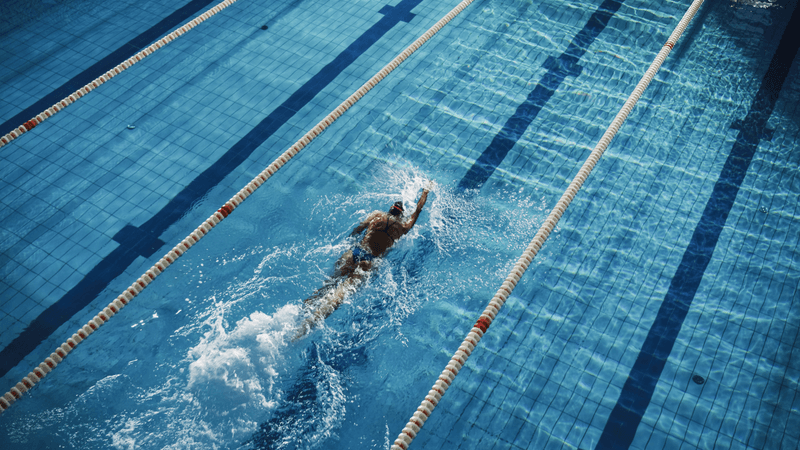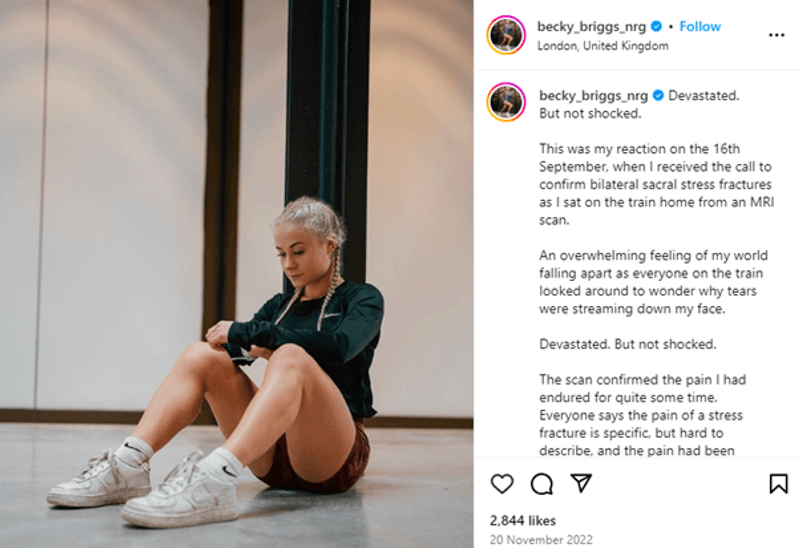Can The Hundred challenge the IPL? 6 potential key changes explained in new era for English cricket

2025 could well be remembered as the ‘end of the beginning’ for The Hundred.
Read more
We make the difference. Talk to us: 0333 004 4488 | hello@brabners.com

Ever more athletes are speaking out about the dangers of RED-S — a serious health issue that can do lasting damage.
Here, we explain what RED-S is, the warning signs and why more must be done to ensure athlete welfare.
RED-S stands for Relative Energy Deficiency in Sport. It was previously known as ‘Female Athlete Triad’ before the International Olympic Committee redefined the concept in 2014.
In the consensus statement published by the International Olympic Committee (IOC) on 3 February 2014, the term RED-S was defined as the impaired physiological function including (but not limited to) impaired metabolic rate, menstrual function, bone health, immunity, protein synthesis and cardiovascular health — all caused by energy deficiency.
RED-S is caused by low energy availability (LEA), which occurs when dietary intake is inadequate for an athlete’s level of physical activity. When an athlete has LEA, there’s insufficient energy to support the physiological functions necessary to maintain optimal health and performance.
RED-S can affect male, female, elite or amateur athletes.
One of the key symptoms of RED-S in female athletes is hypothalamic amenorrhea (loss of menstruation). The loss of the menstrual cycle is a response to LEA, where the body is attempting to conserve energy for more important functions.
Other symptoms include:
If left untreated, RED-S can have long-lasting effects, including impaired bone health and loss of bone density, bradycardia (lower than normal heart rate), hypoglycaemia, low resting metabolic rate, immunological suppression, injuries (including stress fractures), impaired performance, gastrointestinal problems and eating disorders.
British long-distance runner Becky Briggs took to Instagram in November 2022 to confirm that she had bilateral stress fractures to her sacrum.

Becky Briggs Instagram post / @becky_briggs_nrg — 20 November 2022
In a more recent video posted on YouTube, Briggs alluded to the link between the stress fractures and how a history of low body weight, bone health and amenorrhea likely contributed to the fractures.
In 2023, 796 female UK athletes from a wide range of sports and abilities took part in an anonymous survey regarding menstrual cycles, eating habits, body image and RED-S. Following the survey, the Female Athlete Heath Report was published which confirmed that a staggering 51% of female athletes said that they had experienced at least two RED-S symptoms. Further, 36% of female athletes had ignored missed periods, thinking that it was normal or in some cases beneficial for athletes. 91% of female athletes worried about how many calories they eat.
So, why is RED-S so prevalent among athletes? Those participating in endurance sports report frequent attempts to train excessively and undereat, as this leads to a lower body weight which may result in increased performance in the short term and therefore a competitive advantage.
During his buildup to the US Olympic Marathon Trials in February 2020, Jake Riley reduced his calorie intake in a bid to lose some weight so that he could run faster. However, this unfortunately led to disappointing results, sore Achilles tendons and hamstrings, trouble with sleeping and low mood — which Riley described in an Instagram post dated 31 May as “depression-adjacent”. It was only in March 2022 when Riley was diagnosed with RED-S that he realised the impact that under fuelling was having on his body and performance.
The absence of a period is also not a concern for many female athletes, as it means that they don’t need to worry about being on their period during competitions and the associated symptoms (such as period cramps) which may affect their performance.
RED-S could also be a byproduct of the pressure placed on athletes by clubs in relation to their weight. Former swimmer for Great Britain Lucy Davis spoke out about how she was weighed before and after every training session — and how years of competitive swimming and being weighed multiple times a day left her unable to see past body fat percentages, weight loss, calorie counting and exercise. Davis even explained that at one point, she only ate around half the recommended daily calorie intake for women.
Davis isn’t alone here. Routine weighing and measuring of athletes is standard in many sports. Skinfold testing is a common method for determining body fat composition. This is where callipers are used to measure the thickness of the skin at a range of sites around the body and monitored over a period of time. This method is something that clubs around the world use fairly frequently.
New guidelines are shaking up the world of sport by advising against the routine, systematic weighing and measuring of athletes. The University of Colardo recently enacted new guidelines surrounding body composition following an independent review of its cross country, track and field teams. This found evidence that current practices negatively impacted a significant number of student athletes — and that the testing and related nutrition advice exacerbated eating disorders.
Further, a group of international experts — including Dr Lindsay Macnaughton from the Department of Sports and Exercise Sciences at Durham University — undertook a critical review of the effect of body composition on performance, with a focus on whether being lighter or leaner increases the risk of RED-S and disordered eating.
The group concluded that there is “little proof that a certain body composition or percentage of body fat improves athletic performance... focusing too much on weight and body composition in athletes, both amateur and elite, can lead to unhealthy habits and should be carefully considered. This is particularly true for young athletes who could be at greater risk and are still developing physically”.
It’s clear that optimal health is required to attain full athletic potential — and that dietary intake is crucial to ensuring that the energy demands of athletes are covered to maintain physiological function and health.
The good news is that most effects of RED-S are reversible if caught and treated early. The prompt medical review of any athlete presenting with possible symptoms of RED-S is key.
Project RED-S — an organisation founded by Pippa Woolven — works to increase awareness and prevention while providing support to athletes in their recovery from RED-S. Woolven suffered from RED-S for five years of her athletic career and it took years for her menstrual cycle to recover. The Project RED-S website highlights some of the key warning signs and provides athletes who are suffering from RED-S with specialist medical, nutritional and psychological support.
The Female Athlete Report also included recommendations for combatting RED-S, including the creation of a female athlete-led health, body image, eating disorder and RED-S support network, a female athlete toolkit and increased resources for GPs to better understand specific female athlete health concerns (such as the symptoms of RED-S).
The prevalence of RED-S within sports also highlights the significant risk posed to clubs and the duty of care owed by organisations towards athletes. It raises the question — should more be done to combat RED-S in sport?
If you need advice on implementing better policies, procedures and safeguarding, our sports law team has significant experience in advising elite sports clubs in relation to their regulatory frameworks and associated documentation. We’re recognised both nationally and internationally as one of the largest and most experienced multidisciplinary legal teams in the sports industry.
Our serious personal injury team is also skilled in all areas of negligence — including sports injury claims — and can provide assistance with accessing medical support, rehabilitation and emotional support, alongside sound legal advice.
Loading form...

2025 could well be remembered as the ‘end of the beginning’ for The Hundred.
Read more

We explore what’s known and emerging about GLP‑1 drugs like Ozempic and Mounjaro and what athletes need to consider as interest and scrutiny grow.
Read more

We explore the new immigration changes including higher salary thresholds, stricter qualification levels and limited relief under the TSL.
Read more